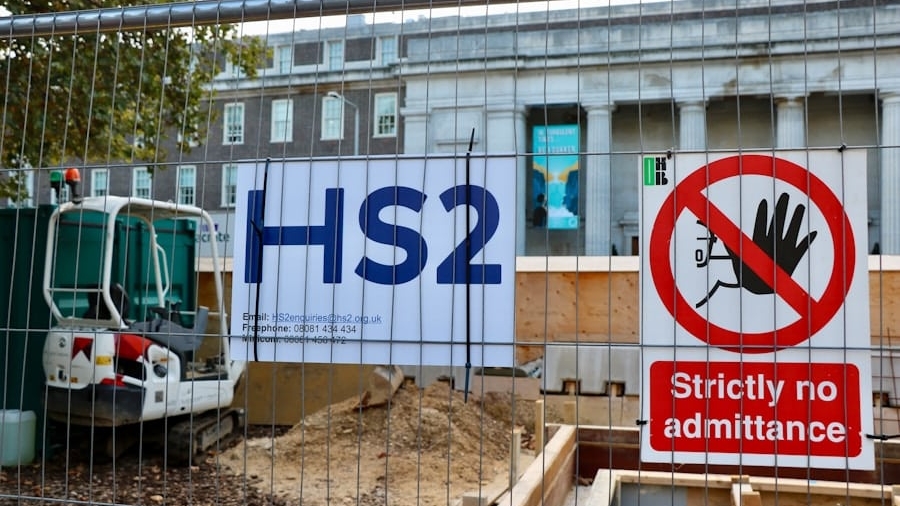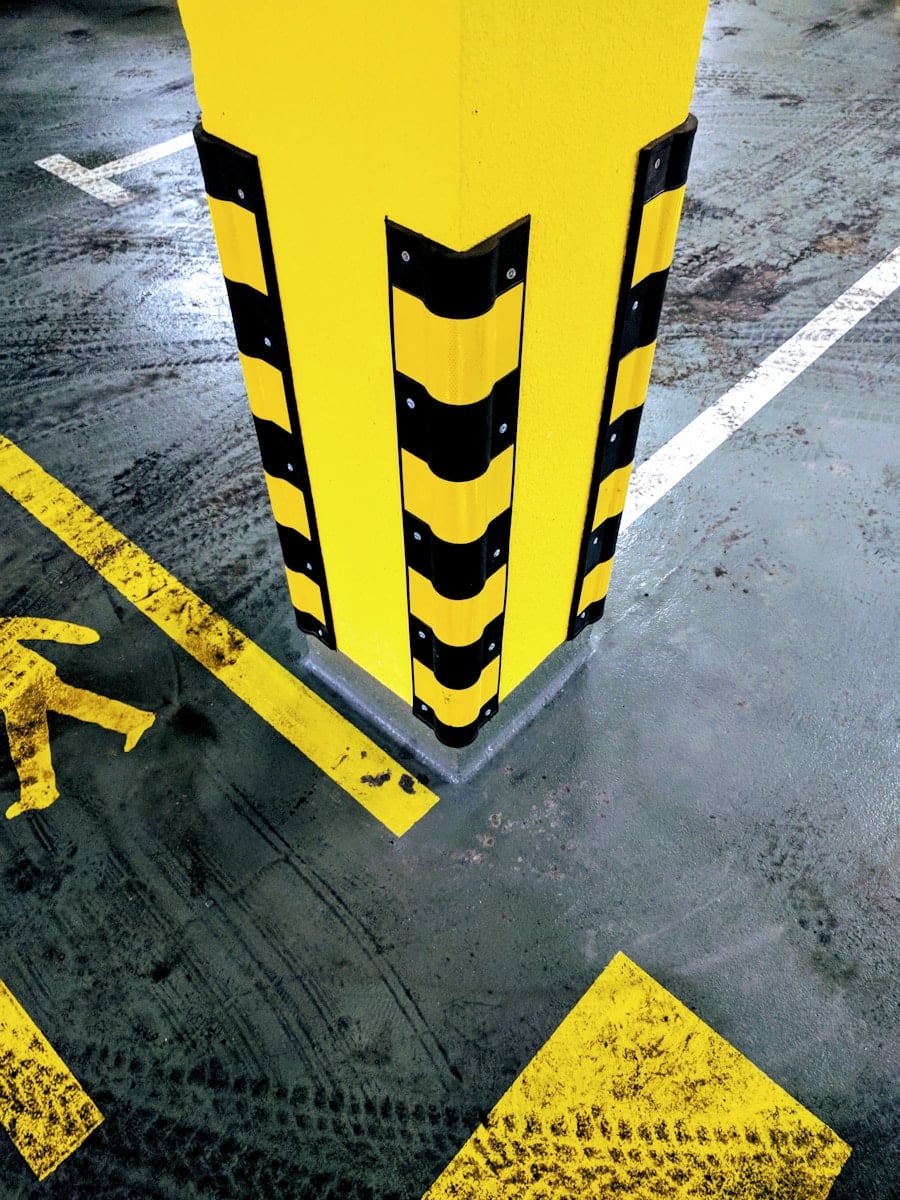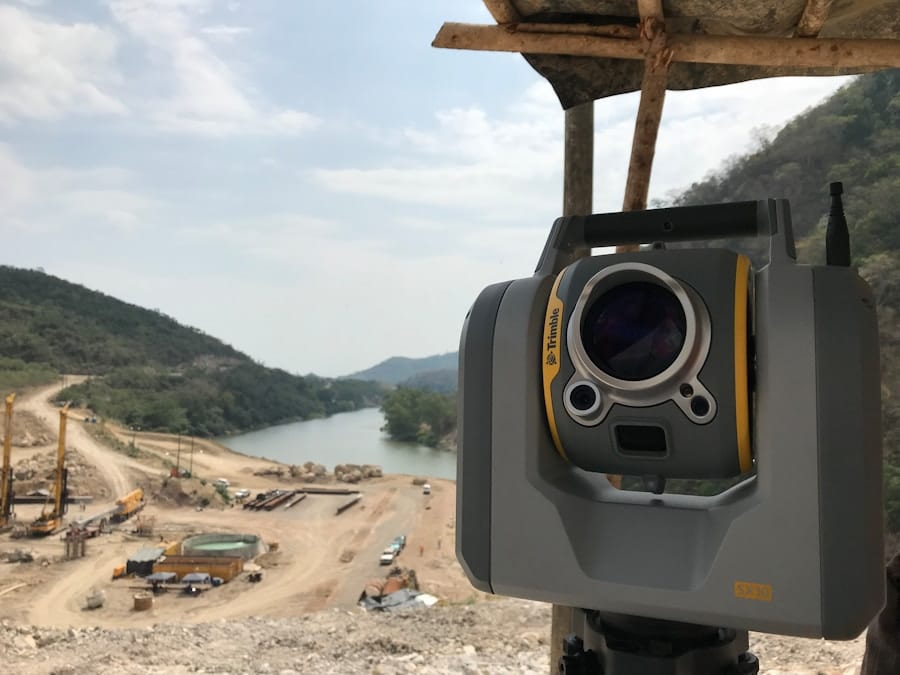Augmented Reality (AR) has emerged as a transformative technology in various industries, and construction is no exception. By overlaying digital information onto the physical world, AR enhances the way professionals visualize and interact with their environment. In construction, this technology is particularly valuable, as it allows for real-time data visualization, improved collaboration, and enhanced decision-making processes.
The integration of AR into construction practices is not merely a trend; it represents a significant shift in how projects are planned, executed, and managed. As the industry grapples with challenges such as safety, efficiency, and communication, AR offers innovative solutions that can address these issues head-on. The construction sector is notorious for its complexity and the multitude of risks associated with it.
From managing large teams to coordinating various trades and ensuring compliance with safety regulations, the challenges are manifold. AR technology provides a unique opportunity to bridge the gap between digital models and physical realities on-site. By enabling workers to visualize potential hazards and safety concerns in real-time, AR can significantly enhance hazard identification processes.
This article delves into the importance of hazard identification on construction sites, explores how AR technology is being utilized for this purpose, and examines its advantages, challenges, and future developments.
Key Takeaways
- AR technology is revolutionizing the construction industry by providing innovative solutions for hazard identification and safety management.
- Hazard identification is crucial in construction sites to prevent accidents and ensure the safety of workers and the public.
- AR technology is being used for hazard identification through the use of wearable devices, sensors, and 3D modeling to create virtual simulations of construction sites.
- The advantages of using AR for hazard identification include improved accuracy, real-time data visualization, and enhanced worker training and communication.
- Case studies have shown successful implementation of AR for hazard identification, resulting in reduced accidents, improved efficiency, and cost savings for construction companies.
The Importance of Hazard Identification on Construction Sites
Falls: The Leading Cause of Fatalities
According to the Occupational Safety and Health Administration (OSHA), falls are the leading cause of fatalities in the construction sector, accounting for approximately 33% of all construction-related deaths. This underscores the importance of effective Hazard Identification in mitigating these risks and ensuring worker safety.
A Dynamic Approach to Safety Management
The process of hazard identification is not a one-time event; it requires continuous monitoring and assessment throughout the project lifecycle. As construction sites change with new conditions, new hazards may emerge that were not initially identified. This necessitates a proactive approach to safety management, where construction managers can create a safer work environment, reduce the likelihood of accidents, and ultimately save costs associated with workplace injuries and legal liabilities.
Systematic Hazard Identification Techniques
By employing systematic hazard identification techniques, construction managers can identify potential risks and take proactive measures to mitigate them. This approach enables construction companies to reduce the likelihood of accidents, save costs, and ensure a safer work environment for their employees.
How AR Technology is Being Used for Hazard Identification
AR technology is revolutionizing the way hazard identification is conducted on construction sites. By utilizing AR devices such as smart glasses or mobile applications, workers can visualize digital overlays that highlight potential hazards in their immediate environment. For instance, when wearing AR glasses, a worker may see visual cues indicating areas where there are risks of falling objects or where electrical hazards exist.
This real-time visualization allows workers to make informed decisions about their movements and actions on-site. Additionally, AR can integrate with Building Information Modeling (BIM) systems to provide contextual information about the project. For example, if a worker approaches an area where heavy machinery is operating, the AR system can display warnings about potential collisions or alert them to the presence of underground utilities that may pose a risk during excavation work.
This integration not only enhances situational awareness but also fosters a culture of safety by encouraging workers to remain vigilant about their surroundings.
Advantages of Using AR for Hazard Identification
The advantages of using AR for hazard identification in construction are manifold. One of the most significant benefits is the enhancement of situational awareness among workers. By providing real-time information about potential hazards, AR empowers workers to take proactive measures to avoid accidents.
This heightened awareness can lead to a reduction in workplace injuries and fatalities, ultimately fostering a safer work environment. Another advantage is the improved communication and collaboration among team members. Traditional methods of hazard identification often rely on verbal communication or static signage, which can be easily overlooked or misinterpreted.
In contrast, AR provides a visual representation of hazards that can be universally understood by all team members, regardless of their experience level or language proficiency. This shared understanding promotes teamwork and ensures that everyone on-site is aware of potential risks. Furthermore, AR technology can streamline training processes for new employees or subcontractors.
By immersing them in a simulated environment where they can interact with digital overlays highlighting hazards, workers can gain hands-on experience without being exposed to real-world dangers. This method not only accelerates the learning curve but also instills a strong safety mindset from the outset.
Case Studies of Successful Implementation of AR for Hazard Identification
Several construction companies have successfully implemented AR technology for hazard identification, showcasing its effectiveness in enhancing safety protocols. One notable example is the use of AR by Turner Construction Company on a large-scale project in New York City. The company integrated AR into its safety training programs by using smart glasses that provided real-time hazard alerts to workers on-site.
The results were impressive; there was a significant reduction in near-miss incidents and an overall improvement in safety compliance among workers. Another case study involves Skanska, a global construction firm that utilized AR for hazard identification during the construction of a new hospital facility. By overlaying digital models onto the physical site using AR tablets, workers were able to visualize potential hazards related to structural elements and equipment placement before they became issues.
This proactive approach not only minimized risks but also facilitated better planning and coordination among different trades involved in the project. These case studies illustrate how AR technology can be effectively integrated into existing safety protocols to enhance hazard identification processes.
Challenges and Limitations of Using AR for Hazard Identification
Despite its numerous advantages, the implementation of AR technology for hazard identification is not without challenges. One significant limitation is the initial cost associated with acquiring AR hardware and software solutions. For many construction companies, especially smaller firms with limited budgets, investing in advanced technology may seem daunting.
Additionally, ongoing maintenance and updates to AR systems can further strain financial resources.
While AR can enhance safety awareness, it requires users to be comfortable with technology and understand how to interpret digital overlays effectively.
Resistance to change among employees accustomed to traditional methods may hinder successful implementation. Therefore, comprehensive training programs are essential to ensure that all team members can leverage AR technology effectively. Moreover, there are concerns regarding data privacy and security when using AR systems that rely on cloud-based platforms or external networks.
Protecting sensitive project information from cyber threats is paramount, as breaches could compromise not only safety protocols but also project integrity.
Future Developments and Trends in AR for Hazard Identification
The future of AR in hazard identification within the construction industry appears promising as technological advancements continue to evolve. One emerging trend is the integration of artificial intelligence (AI) with AR systems to enhance hazard detection capabilities further. By utilizing machine learning algorithms, AI can analyze historical data from past projects to identify patterns and predict potential hazards based on current site conditions.
This predictive capability could revolutionize how hazards are identified and managed on construction sites. Additionally, advancements in wearable technology are likely to play a significant role in the future of AR for hazard identification. Smart helmets equipped with AR displays could provide workers with hands-free access to critical safety information while allowing them to maintain focus on their tasks.
These helmets could also incorporate biometric sensors to monitor workers’ health conditions in real-time, alerting them to potential fatigue or stress levels that may increase accident risks. Furthermore, as 5G technology becomes more widespread, it will enable faster data transmission and improved connectivity for AR applications on construction sites. This enhanced connectivity will facilitate real-time collaboration among team members across different locations, allowing for more effective hazard identification and response strategies.
Conclusion and Recommendations for Implementing AR in Hazard Identification
As augmented reality continues to gain traction within the construction industry, its potential for enhancing hazard identification processes cannot be overstated. To successfully implement AR technology for this purpose, companies should consider several key recommendations. First and foremost, investing in comprehensive training programs is essential to ensure that all employees are equipped with the necessary skills to utilize AR tools effectively.
Additionally, organizations should conduct thorough assessments of their specific needs and challenges before selecting an AR solution that aligns with their operational requirements. Collaborating with technology providers who specialize in construction-focused AR applications can help streamline this process. Moreover, fostering a culture of safety that embraces innovation will be crucial for successful adoption.
Encouraging open communication about safety concerns and promoting collaboration among team members will enhance overall effectiveness in hazard identification efforts. In conclusion, augmented reality holds immense promise for improving hazard identification on construction sites. By leveraging this technology effectively, companies can create safer work environments while enhancing productivity and efficiency across their projects.
A related article that complements the discussion on how AR is supporting hazard identification on construction sites is “Discover the Best Laptop for Remote Work Today” from




